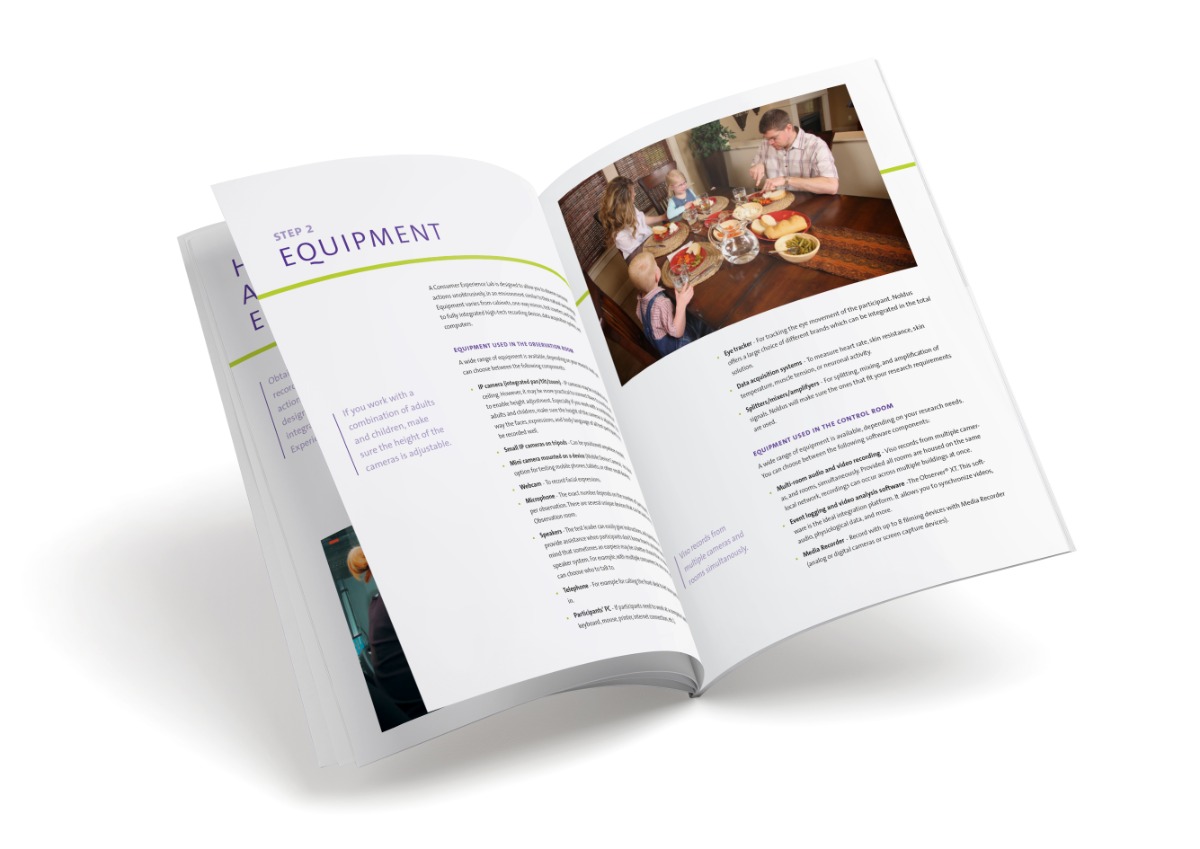
Four ways to study visitor behavior
Museums, zoos, theme parks, and aquariums all observe the behavior of their visitors in order to find the best ways to entertain and educate. In Timing and Tracking: Unlocking Visitor Behavior, Steven Yalowitz and Kerry Bronnenkant review the history of timing and tracking in museums and provide a detailed description of methods used to record, analyze, and report timing and tracking data.
Visitor behavior studies through the years
Yalowitz and Bronnenkant explain that in the past, researchers only recorded where the visitor went (and in some of the earliest studies, they even tracked wear patterns on the carpet!)
Today, researchers record which displays visitors look at, for how long, and which paths they take to walk through the exhibition. At the same time, they describe if the visitors’ expectations are met. Exhibition designers and planners are very interested in knowing if the exhibition has a good flow and whether visitors are engaging the exhibition as intended.
Software versus Paper-and-Pencil methods
In terms of methodology, a lot of researchers still rely on paper-and-pencil methods to record how visitors move through exhibitions. Yalowitz and Bronnenkant found some limitations to this commonly used research method. They explain that electronic behavioral coding and analysis systems such as The Observer XT have distinct advantages over paper-and-pencil measures – they are more accurate, able to record separate times for concurrent behaviors, easy to learn, do not require data entry, and are less intrusive to visitors.

Four ways to study visitor behavior
- Pencil-and-paper methods – simple and affordable but with some limitations.
- Code behaviors on the go using handheld computers - provides precise timing data and is relatively unobtrusive.
- Cameras with laptop, coding, and analysis software (portable lab) – video is very useful and facilitates accurate data collection, but is not always suitable.
- Living lab set ups – an advanced set up including dome cameras, eye trackers, and more.
Interested? Read on!
Below I’ll describe three examples of visitor behavior studies. Observational research gives insight into how visitors behave and how learnings can be improved.
Example one: Lincoln Park Zoo
Stephen Ross and Katie Gillespie (2009) recorded the behavior of 338 visitors at the Regenstein African Journey in Lincoln Park Zoo using handheld computers in order to evaluate the use of the building and educational components. They found that the use of signs and symbols differed: those in groups without children spent more of their visit engaged with signage than those with children.

Example two: The Field Museum, Chicago’s natural history museum
Researchers from Loyola University Chicago chose a museum as the setting for their experimental and observational research. They were specifically interested in how young children experienced an exhibit. In this blog post you can learn how they designed the study.
Example three: Visitor behavior in the living treehouse at Zoo Atlanta
The aim of this project was to study visitor behavior in the Living Treehouse at Zoo Atlanta. Montana Holland and colleagues from Kennesaw State University report that visitors spent significantly more time watching animals than reading signage. Limited interaction with relatively static displays may not lead to the intended change in knowledge and conservation attitudes among zoo visitors. Read more about this project in this poster presentation .
References
- Ross, S.R.; Gillespie, K.L. (2009). Influences on Visitor Behavior at a Modern Immersive Zoo Exhibit. Zoo Biology, 28, 462-472.
- Yalowitz, S.S.; Bronnenkant, K. (2009). Timing and Tracking: Unlocking Visitor Behavior. Visitor Studies, 12 (1), 47-64.
- Visitor Behavior in the Living Treehouse at Zoo Atlanta - Poster presented at the 20th Annual Symposium of Student Scholars at KSU and the 14th Georgia Undergraduate Research in Psychology Conference, April 2015 http://citeseerx.ist.psu.edu/viewdoc/download?doi=10.1.1.824.2286&rep=rep1&type=pdf
Get the latest blog posts delivered to your inbox - every 15th of the month
more

The value of facial expression analysis in advertisements
José Chavaglia Neto and José António Filipe investigated the effect of one commercial on consumer emotion. They asked consumers to watch this commercial related to a specific brand.
From start to finish: decreasing abandonment when self-designing a product
Research shows that we like to design your own products, but often abandon the process before we're done. Does it help to provide feedback, and if so, what type of feedback works best?

